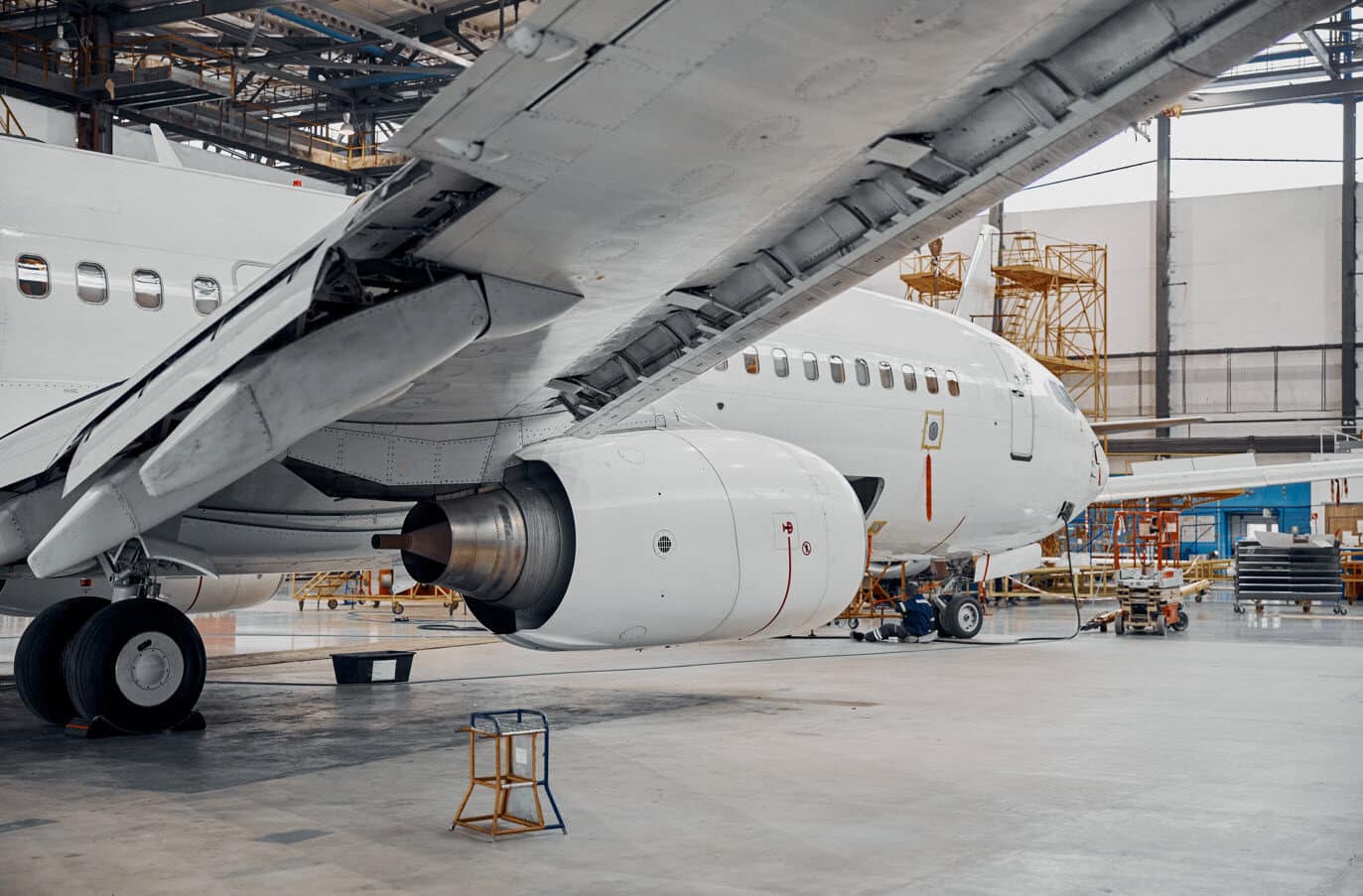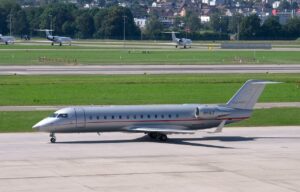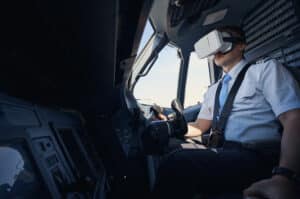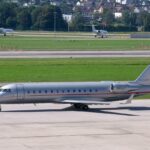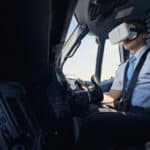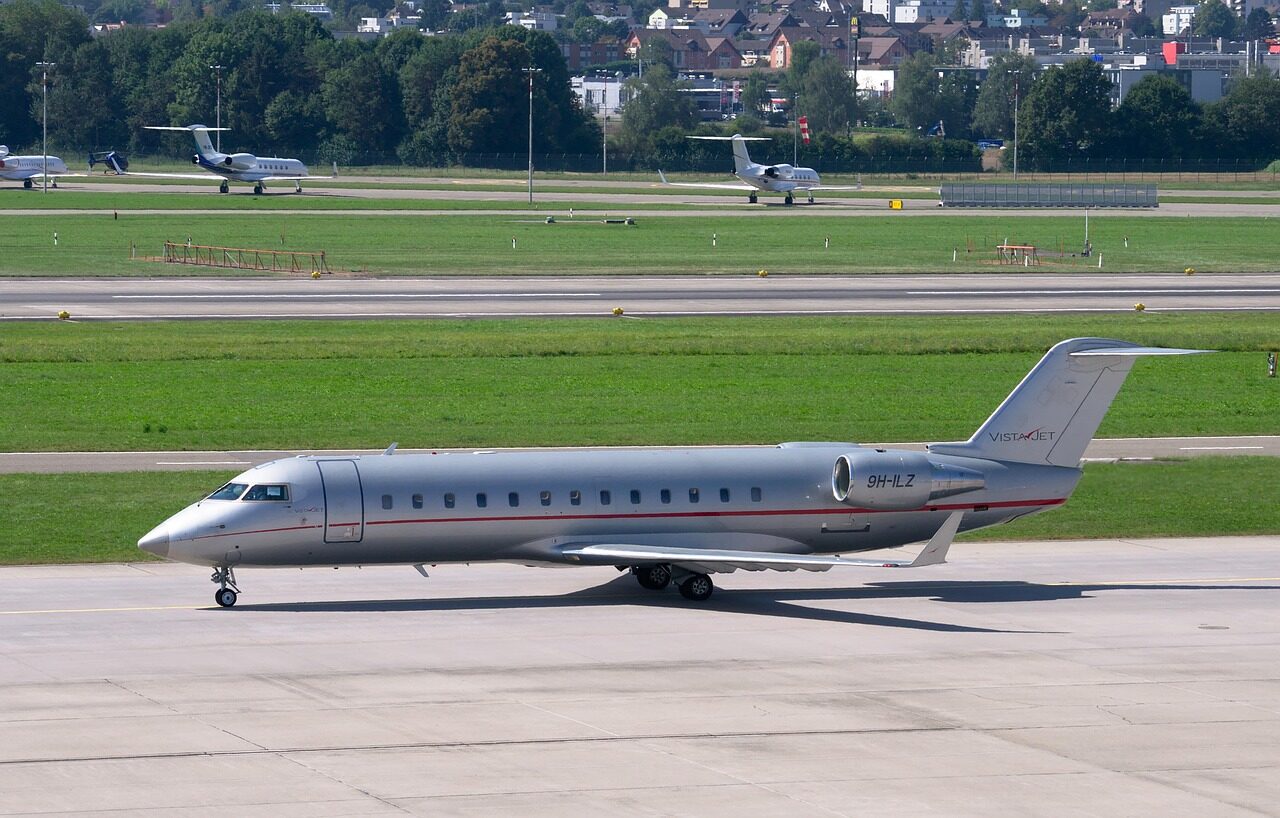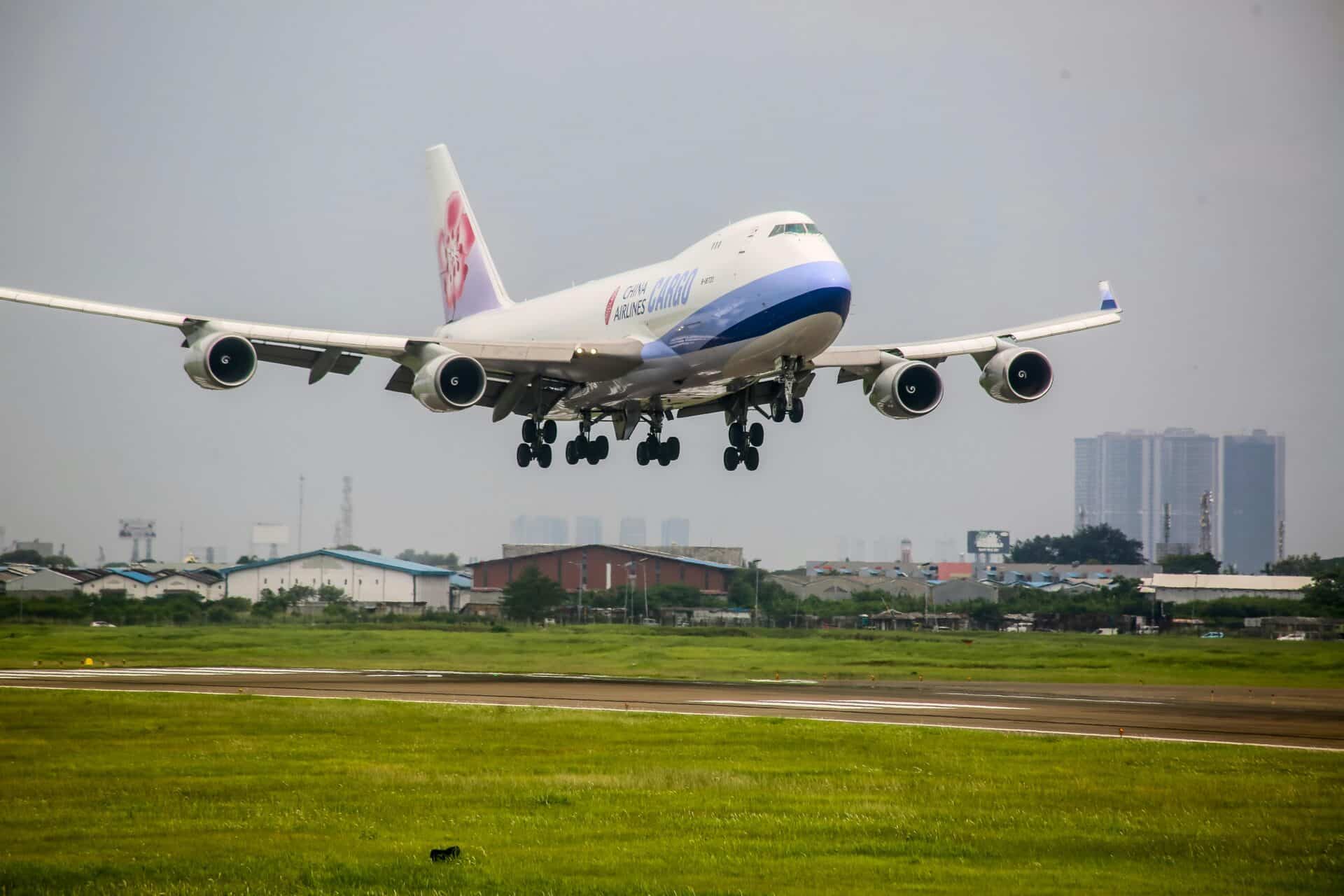Finding reliable aircraft parts suppliers can make or break maintenance schedules. AOG situations drain budgets fast.
Parts quality determines airworthiness. That’s why operators need a verified directory of manufacturers who deliver on time, maintain certifications, and understand aviation’s demanding standards.
This comprehensive guide covers hundreds of aircraft parts supplier across every major category. From FAA-PMA replacement components to specialized avionics, we’ve verified each company’s credentials, capabilities, and contact information.
Whether you’re sourcing landing gear assemblies, cabin interior components, or precision-machined fasteners, this directory connects you directly with manufacturers who keep aircraft flying.
Aircraft Part Suppliers Directory
Trusted global suppliers for aviation components & services
| Supplier | Country |
|---|
Bottom Line Up Front: The right parts supplier reduces downtime, controls costs, and maintains compliance. Our directory features suppliers specializing in engines, avionics, composites, electrical systems, hydraulics, and everything between. Each company listing includes verified URLs, geographic locations, and detailed capability descriptions.
Why Aircraft Parts Supplier Selection Matters
Procurement decisions affect more than purchase orders. They impact fleet availability, maintenance budgets, and regulatory compliance.
Operational Impact
Wrong supplier choices create cascading problems. Lead times extend. Quality issues ground aircraft. Documentation gaps delay approvals. MRO facilities know these challenges intimately.
Smart operators establish relationships with multiple suppliers across categories. Redundancy protects against single-source disruptions. Geographic diversity speeds international operations. Specialization ensures technical expertise.
Regulatory Requirements
Aviation authorities worldwide mandate strict parts traceability. FAA-PMA certifications prove compliance for replacement components. EASA Form 1 documents support European operations. Each supplier must maintain current approvals.
Key certifications include:
- FAA Parts Manufacturing Approval (PMA)
- EASA Part 21 Production Organization Approval
- AS9100 quality management certification
- ISO 9001:2015 registration
- NADCAP special process approvals
Cost Considerations
OEM parts carry premium pricing. Aftermarket alternatives reduce expenses without sacrificing airworthiness. PMA suppliers offer certified replacements at competitive rates.
Total cost calculations extend beyond unit prices. Lead times affect operational availability. Quality impacts service intervals. Documentation completeness influences approval speed. The cheapest part rarely delivers lowest total cost.
Aircraft Parts Categories and Specializations
Our directory organizes suppliers by primary capabilities. Many companies serve multiple categories.
Airframe Components
Structural parts form aircraft skeletons. These suppliers manufacture and certify critical airframe elements.
Common products:
- Fuselage skin panels and stringers
- Wing ribs and spars
- Control surface assemblies
- Door and window seals
- Access panels and latches
- Composite repair materials
Companies like Great Lakes Aero Products specialize in transparencies covering 1000+ aircraft models. Hartwell Corporation focuses exclusively on quick-access latching systems trusted across commercial and military platforms.
Powerplant and Propulsion
Engine components demand extreme precision. Suppliers in this category understand high-temperature materials and tight tolerance manufacturing.
Air Power Inc distributes factory engines and cylinders direct from manufacturers. Their inventory includes both new and overhauled options with coordinated accessories. Knisley Welding serves the exhaust system niche with extensive inventory supporting owners globally.
Avionics and Electronics
Modern aircraft depend on sophisticated electronics. These suppliers provide everything from basic instruments to integrated flight management systems.
Product categories:
- Navigation and communication systems
- Flight instruments and displays
- Data buses (MIL-STD-1553, ARINC 429)
- Antennas and RF components
- Sensors and transducers
- Power supplies and converters
Excalibur Systems manufactures hundreds of avionics products from connectors to complete systems. Their MIL-STD-1553 and ARINC 429 interfaces are industry standards. Dayton-Granger has supplied antennas and lightning protection since 1943.
Landing Gear and Hydraulics
Landing systems absorb tremendous forces. Suppliers must understand materials, heat treatment, and hydraulic integration.
Circor Aerospace provides complete landing gear shipsets plus all related spares. Their capabilities include overhaul, repair, assembly, and hydraulic testing. Engineering design improvements extend product performance.
Interior Components
Cabin comfort affects passenger experience. Interior suppliers balance weight, flammability, and durability requirements.
Duracote manufactures noise-attenuation composites and non-textile flooring meeting FAR 25.853 standards since 1947. Bradbury Sheet Metal produces custom stainless steel galley components including ice containers and waste bins for commercial aircraft.
Electrical Systems
Wiring, connectors, and distribution systems carry power throughout aircraft. Quality electrical components prevent failures in critical systems.
Glenair produces connectors and cable assemblies since 1956. Their portfolio includes QPL backshells, high-speed data connectors, and complete turnkey harnesses. Space-qualified options address extreme environments.
How to Use the Aircraft Parts Suppliers Directory
Our searchable directory streamlines supplier identification and qualification.
Search Functionality
The directory includes real-time search across company names and descriptions. Enter keywords related to your needs. Results filter instantly.
Search examples:
- “Landing gear” returns suppliers with expertise in undercarriage systems
- “FAA-PMA” filters companies with specific certifications
- “Composite” identifies advanced materials specialists
- “Helicopter” shows rotorcraft-focused suppliers
Country Filtering
Geographic proximity affects lead times and logistics costs. Use the country dropdown to focus on regional suppliers. Filter by USA, Canada, France, UK, Netherlands, or Israel.
Domestic suppliers often simplify documentation and reduce shipping complexity. International sources provide access to specialized capabilities and competitive pricing.
Company Profiles
Each listing provides essential information for initial evaluation:
- Company name and location: Headquarters and service regions
- Contact information: Phone numbers where available
- Website URL: Direct links to company sites
- Capability description: Products, services, and specializations
- Certifications: Quality systems and approvals
Detailed descriptions explain what makes each supplier unique. Manufacturing capabilities, engineering services, and market focus help narrow choices.
Next Steps After Identification
Finding potential suppliers is step one. Qualification follows:
- Review company websites for detailed product catalogs
- Request capability statements and certification documentation
- Check references from current customers
- Evaluate lead times and minimum order quantities
- Compare pricing across multiple qualified sources
- Assess technical support availability
Establish relationships before urgent needs arise. Approved supplier lists prevent panic buying during AOG situations.
Emerging Trends in Aircraft Parts Supply
The aviation parts industry evolves continuously. Current trends reshape supplier relationships and procurement strategies.
Additive Manufacturing Adoption
3D printing transforms parts production. Metal additive manufacturing produces complex geometries impossible with traditional machining. Lead times shrink. Inventory requirements decrease.
FAA guidance on additively manufactured parts continues developing. Early adopters gain competitive advantages. Legacy parts facing obsolescence find new production paths.
Digital Supply Chains
Blockchain technology improves parts traceability. Digital twins track component history from manufacture through service life. Predictive maintenance algorithms forecast replacement needs.
Suppliers investing in digital capabilities streamline customer integration. APIs enable automatic ordering. Real-time inventory visibility reduces safety stock.
Sustainability Initiatives
Environmental regulations drive material choices. Suppliers develop alternatives to hazardous substances. Recycling programs recover valuable materials from retired aircraft.
Lightweighting reduces fuel consumption. Advanced composites replace metal structures. Additive manufacturing minimizes waste.
Consolidation Pressures
Industry consolidation continues. Large suppliers acquire specialists. Private equity targets profitable niches. Operators manage supplier base reduction while maintaining competition.
Strategic partnerships replace transactional relationships. Risk-sharing agreements align incentives. Long-term contracts secure capacity.
Author
-
Cristina Danilet: Author
A meticulous selector of top-tier aviation services, Cristina acts as the critical filter between exceptional companies and industry professionals. Her keen eye ensures that only the most innovative and reliable services find a home on The Flying Engineer platform.
View all posts Marketing Manager

